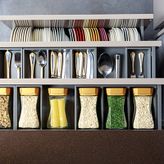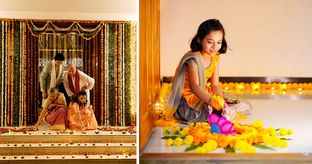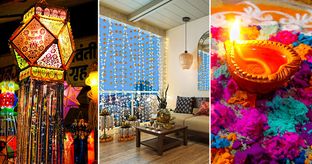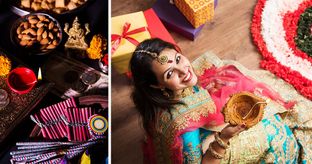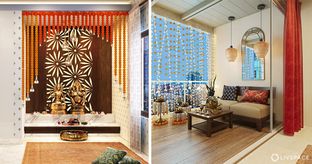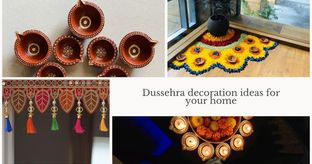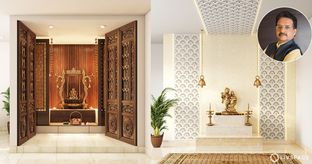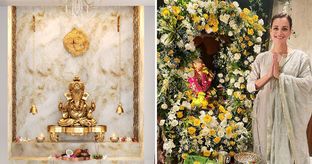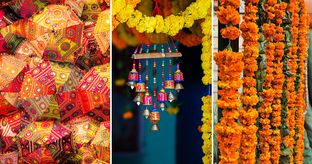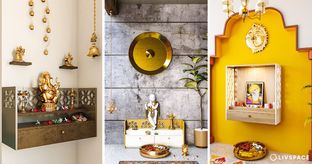In This Article
- What is the significance of diya in Diwali?
- Did you know the scientific reason behind lighting decorative diya in Diwali?
- What is the ‘right way’ to light a Diwali diya?
- Tip #1: The placement of the Diwali diya
- Tip #2: The timing makes all the difference!
- Tip #3: Metal and mud Diwali diyas usher in divinity
- Tip #4: Use ghee to banish negativity
- Tip #5: Straight wicks to attract superior deities
- How to light Akhand Diya?
- How to make the easiest Diwali diya at home?
- Here are the different types of diyas Indians are using
- Colour psychology in decorated Diwali diya design
- How can Livspace help you?
We can’t keep calm as Diwali is coming! Given the past couple of years we spent coping with the pandemic, we all deserve some good cheer and festivities! So, we decided to make this Diwali a little easier for you by giving you a crash course on everything related to Diwali and Diwali diya!
What is the significance of diya in Diwali?

As per Vastu Shastra, people believe that the ghee or oil in a diya signifies negativity in your mind and the wick symbolises the Atma or soul. By lighting the diya, you dispel negativity from your mind and soul. This clears up space for positive thoughts to enter.
Lighting Diwali diyas signifies the victory of good over evil. Generally, we celebrate Diwali on Amavasya or the no-moon night. Lit diyas help to dispel the darkness of this night and radiate light.
In many parts of India, people worship the deities Lakshmi, Ganesha and Kuber on Diwali. By lighting diyas in different parts of your homes, you welcome them in, thereby ushering in good luck, wealth and prosperity.
Did you know the scientific reason behind lighting decorative diya in Diwali?
When the diya is lit, it not only illuminates the area but also affects the surrounding environment. The humidity in the air rises, and as more diyas are lit, the temperature increases. During the winter, the air feels thick and heavy. Lighting a diya can help to clear and lighten the air.
What is the ‘right way’ to light a Diwali diya?
Tip #1: The placement of the Diwali diya
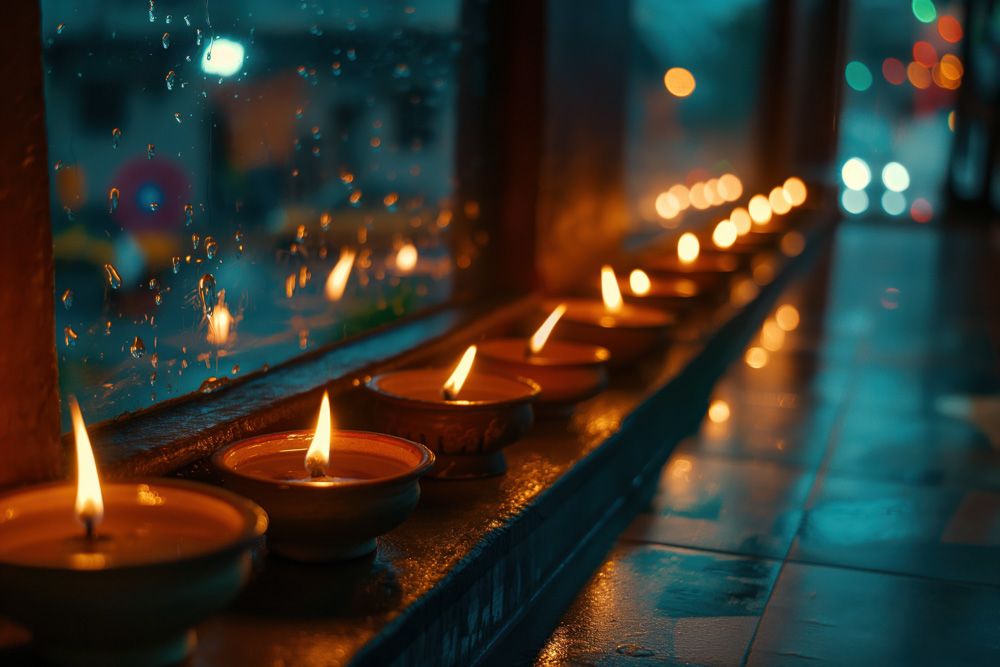
Whether you welcome positive or negative energies into your home depends upon where you place your diya. So, which direction should diya face for Diwali?
- Light the first diya in your pooja room
- Vastu associates the tulsi plant with Goddess Lakshmi. If you have a tulsi or holy basil plant, place diyas near it
- If you do not own a tulsi mandir, place diyas in your kitchen
- Welcome wealth into your life, keep diyas facing north or northeast
- To improve your health, position diyas facing east
- Diyas kept near water containers can banish negativity, protect against diseases and increase wealth
Tip #2: The timing makes all the difference!
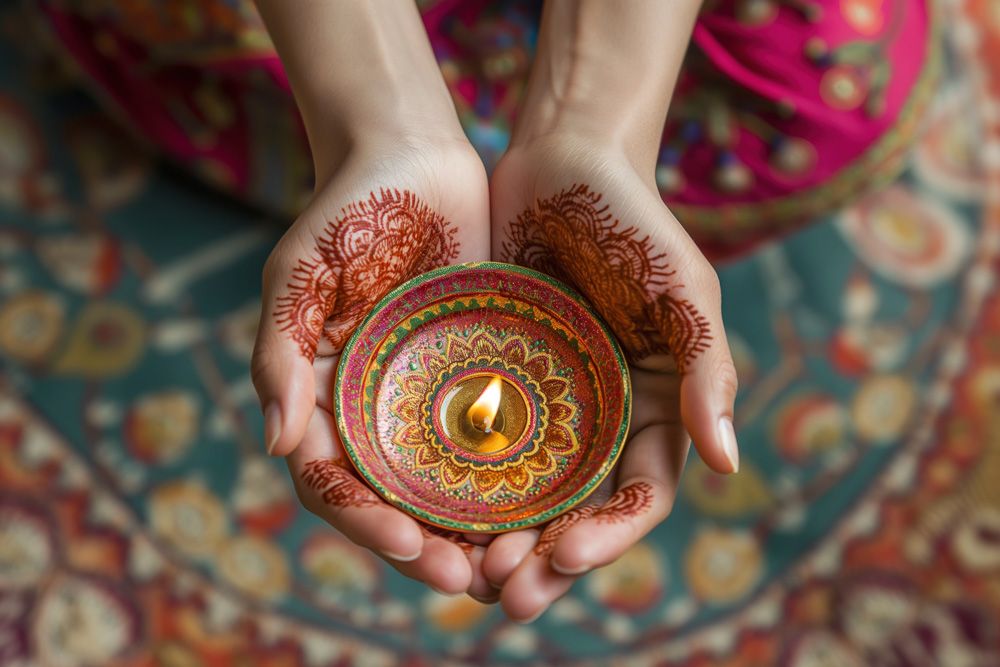
In Indian culture, time plays an important role. When it comes to Diwali diya lighting, this is what Vastu experts say:
- Goddess Lakshmi only enters well-lit homes
- Thus, begin lighting decorative diyas after the Lakshmi puja to welcome her into your home
- Keep the diyas lit throughout the night to ensure that darkness and negative spirits do not enter your home
Tip #3: Metal and mud Diwali diyas usher in divinity
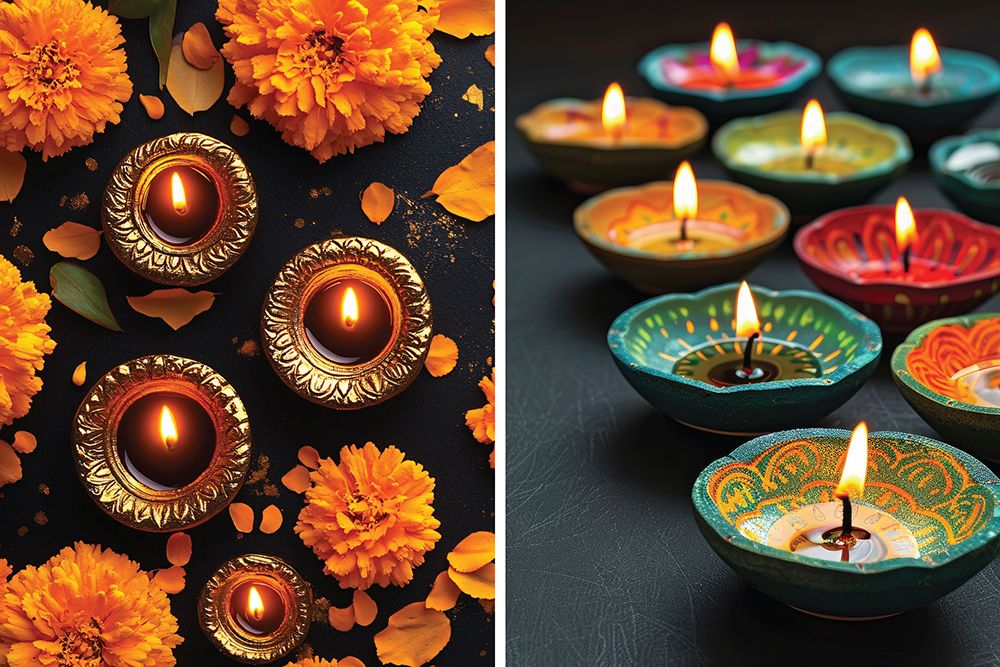
The material of your decorative diyas can significantly affect the flow of holy energies into your home. Thus,
- Use brass or mud diyas to attract positive vibes into your home and dispel negativity
- Metals like brass are good conductors of positive energy
- Mud is a good reservoir of good spirits
- Using brass and mud diyas creates a happy and contented aura in the house
Pro tip: Use the following colours for diya painting to create a happy home – blue for the north, green for the east, red for the south, dark blue for the west, orange for the southeast, pink or grey for the southwest and blue or grey for the northwest.
Tip #4: Use ghee to banish negativity
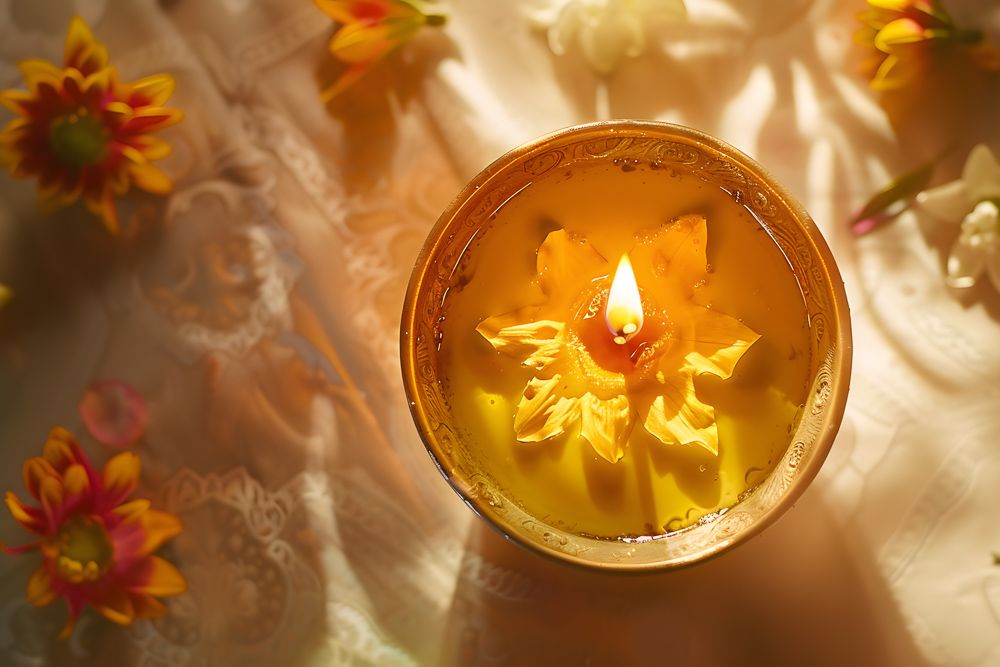
Generally, we use ghee or oil while lighting diyas. Which is the better option?
- Use ghee in diyas as it contains stronger divine particles than oil
- Ghee diyas emit sattvik or divine frequencies, filling your home with happiness
- Only use ghee prepared from cow’s milk
- While you can also use mustard oil, avoid using sunflower oil
Tip #5: Straight wicks to attract superior deities
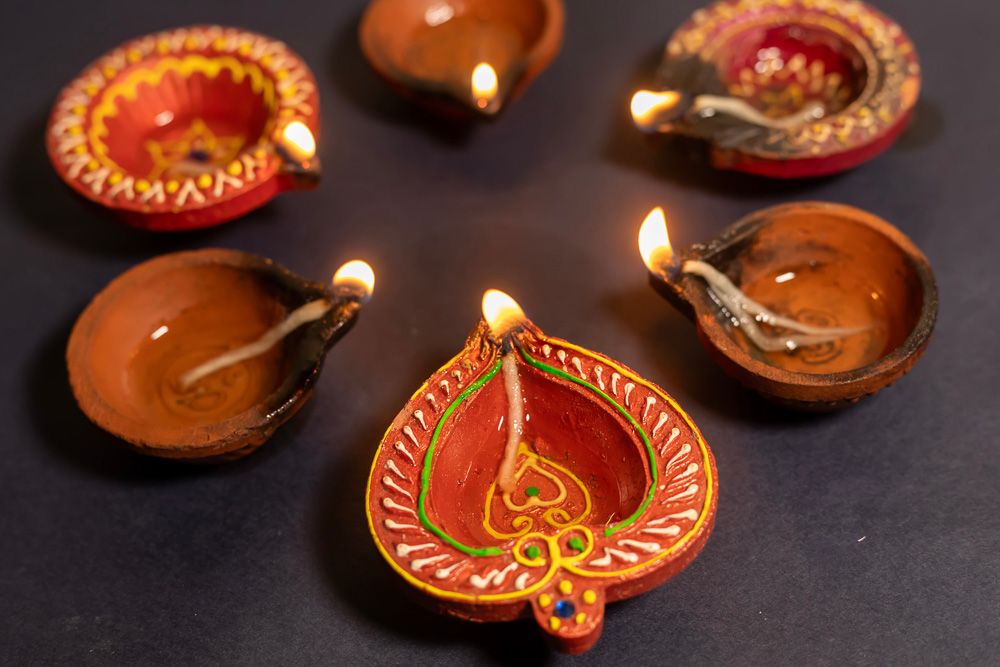
You can either use straight wicks or puffed wicks to light diyas. Confused about which to choose? Here is what Vastu experts say:
- It is always better to use straight wicks instead of puffed wicks
- Straight wicks attract superior deities while puffed wicks attract inferior ones
- The straight wick signifies the absolute fire element
- This heralds positivity and happiness in the mind of the worshipper
Apart from these Vastu tips, you should keep in mind that a Diwali diya should remain burning throughout the night. Vastu Shastra considers a burning diya to be auspicious. For this purpose, people generally use an Akhand diya. An Akhand Diya or Akhand Jyot is an unbroken flame. Here, the question arises, how to light Akhand diya to keep it burning? The following pointers will help you.
How to light Akhand Diya?

Burning of the Akhand diya holds special significance on Diwali. Diyas that remain lit throughout the night keep evil forces away from your home on the moonless night of Diwali. In addition, a diya that is lit all night is meant to show light and welcome Lakshmi and Ganesha.
- Keep filling the Akhand diya with ghee (or oil) at regular intervals
- Keep the diya covered at all times. You can use a glass cover
- If the wick goes off, do not re-burn it. Place a new wick beside the old one
Now that you know the Vastu rules behind Diwali diya lighting, you can go ahead and get yourself some exquisite diyas. You can also go all traditional this year and make them yourself. Wondering how to make Diwali diya at home? Help is on the way!
How to make the easiest Diwali diya at home?
Clay diyas, of course!
Step 1: Roll the clay into a ball

Slightly moisten your fingers and roll the clay into a smooth ball. Ensure the clay is well-conditioned, meaning it’s soft, pliable, and free of air pockets. If it’s too dry, add a small amount of water and knead it until it feels smooth. Before you start rolling, use a smooth, non-porous surface like glass, ceramic tile, or a silicone mat. Avoid surfaces that might absorb moisture or leave residue on the clay.
Step 2: Shape the clay ball
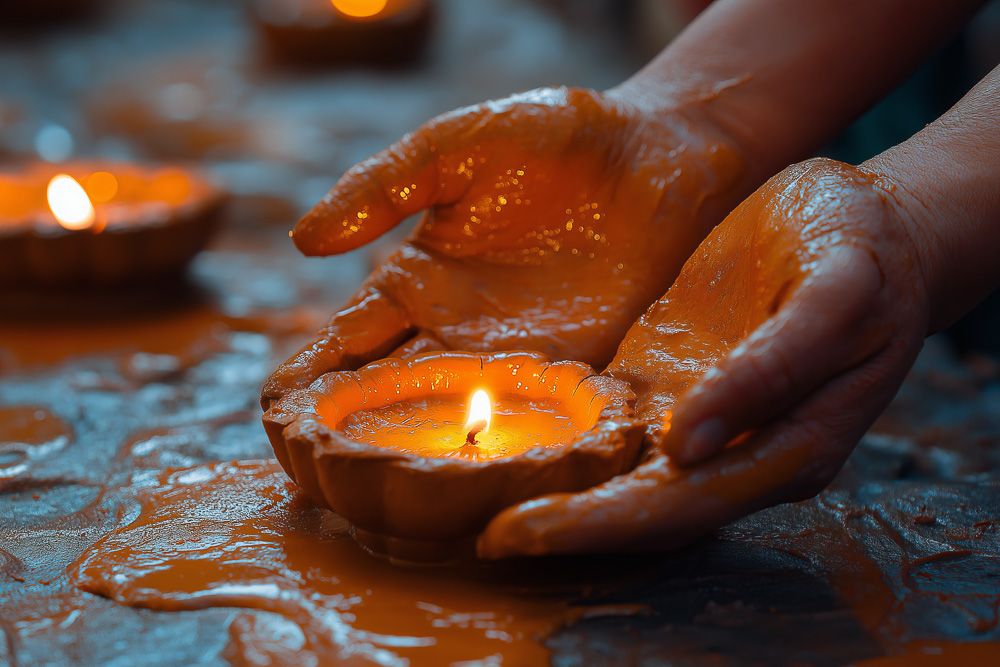
Use your hands to shape the clay ball into the shape of a diya (this might take a few tries to perfect!). You can also create other shapes if you want to add a contemporary twist to your diya. Next, place the diyas on a tray or drying rack and let them air dry.
Step 3: Diya painting
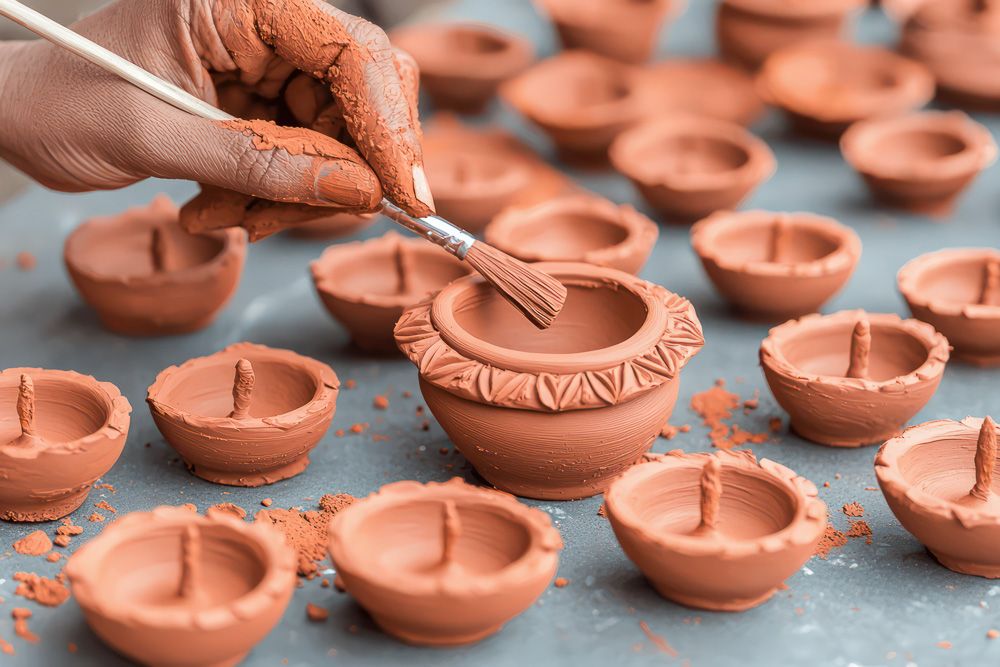
Once they are completely dry, paint them with the colours of your choice. Use the Vastu-compliant colours mentioned above for diya painting. Again, let them dry before use.
And just like that, your handcrafted diya is ready!
Here are the different types of diyas Indians are using
1: Clay diwali diya
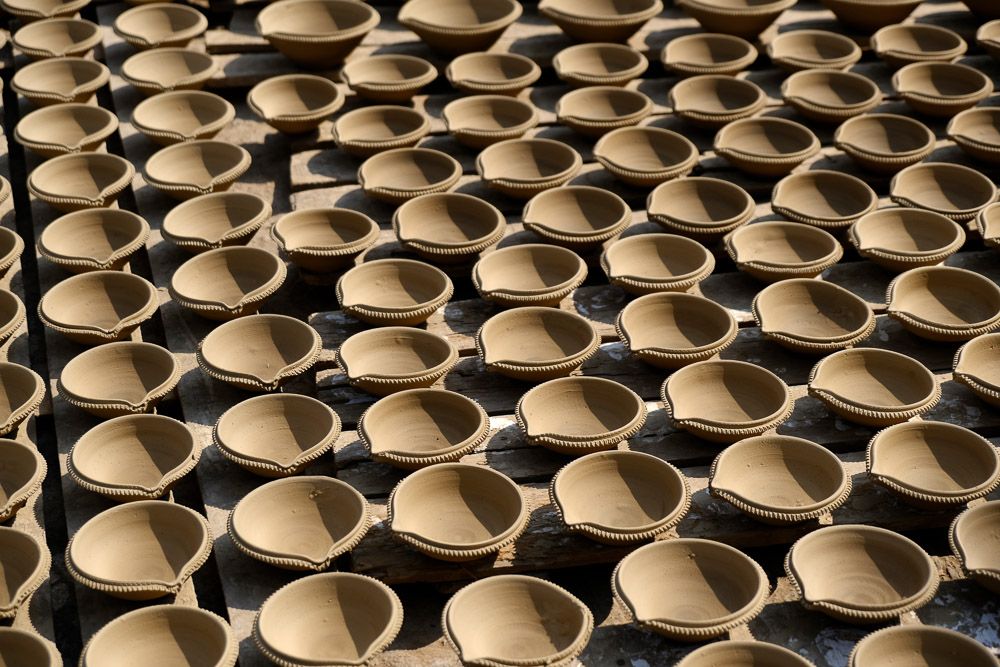
- Clay diyas: In the northern states of Uttar Pradesh, Bihar, and Rajasthan, clay diyas are the most popular choice. These handcrafted lamps are often decorated with intricate designs and patterns, symbolizing the goddess Lakshmi’s footprints
- Significance: The lighting of diyas in North India is believed to ward off evil spirits and attract Lakshmi, the goddess of wealth and prosperity
2: Metal diwali lamp

- Metal diyas: South Indian diyas are often made from metal, such as brass or bronze. These lamps are known for their durability and intricate carvings
- Significance: In South India, diyas are associated with the festival of Deepavali, which is celebrated to commemorate Lord Krishna’s victory over the demon Narakasura
3: Bamboo decorated diwali diya
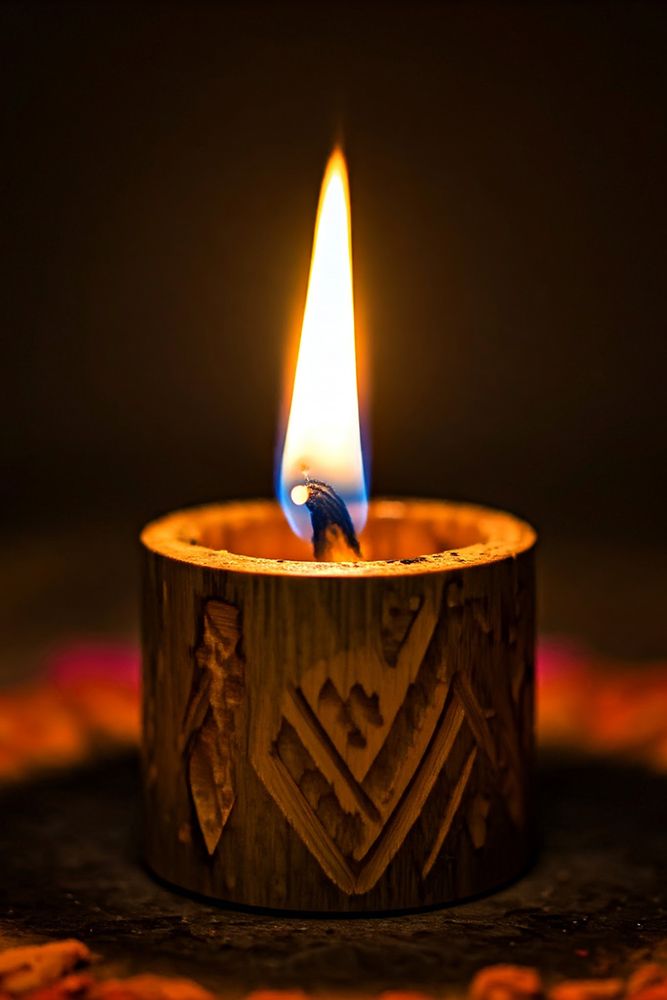
- Bamboo diyas: In the eastern states of Bengal and Odisha, diyas are often made from bamboo. These unique lamps are decorated with colourful designs and are lit with traditional oil lamps
- Significance: In East India, diyas are associated with the goddess Kali, who is believed to bring protection and prosperity
4: Glass decorative diya
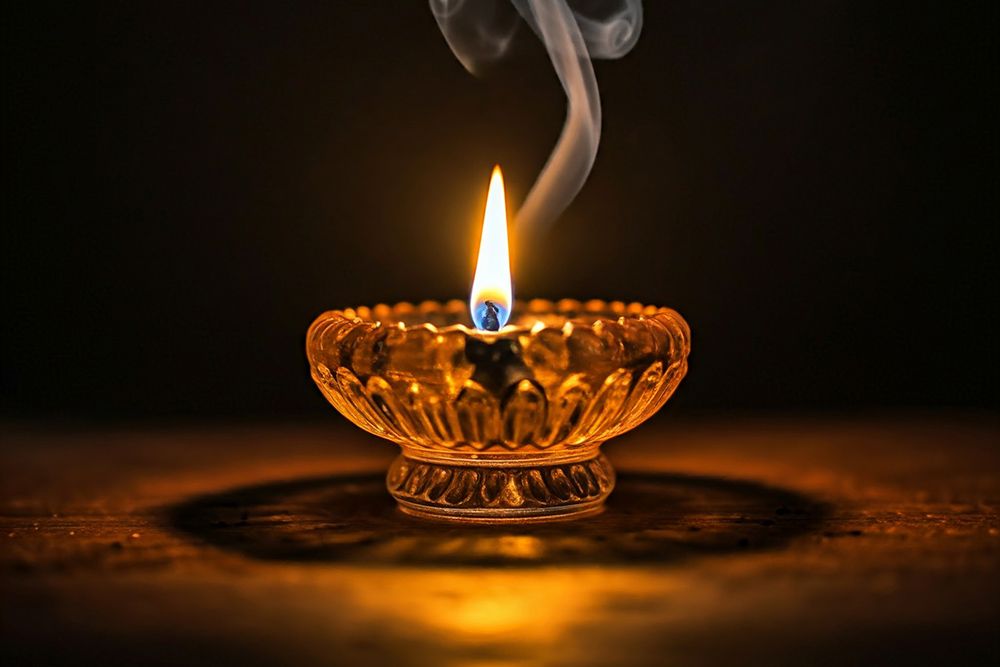
- Glass diya: While glass diyas are used in various regions of India, they are particularly popular in urban areas where there is a higher demand for decorative and modern products. Cities like Delhi, Mumbai, Bengaluru, and Chennai are known for the widespread use of glass diyas during Diwali
- Significance: Glass, being transparent, is associated with purity and clarity. It symbolises the spiritual light that dispels ignorance and darkness
Colour psychology in decorated Diwali diya design
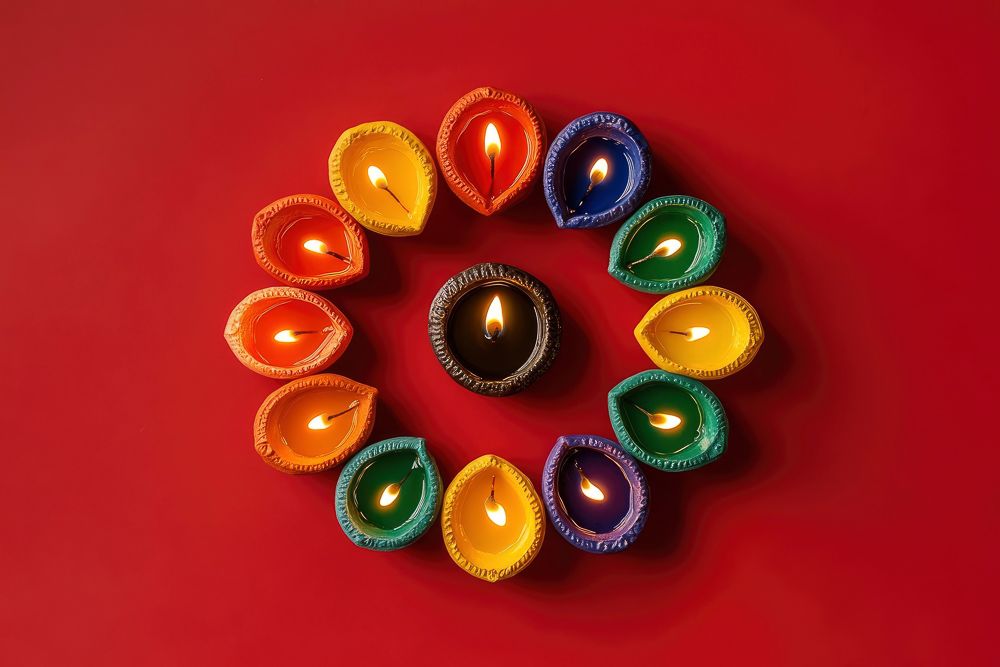
The colours used in decorated Diwali diya design hold significant cultural and symbolic meanings. These colours often reflect the joyous and festive spirit of the festival, as well as various spiritual connotations.
Here are some common colours used in decorated Diwali diya design and their associated meanings:
- Red: Often associated with good luck, prosperity, and auspiciousness. Red diyas are believed to ward off evil spirits and bring positive energy into the home
- Orange: Symbolizes warmth, enthusiasm, and optimism. Orange diyas are thought to create a cheerful and inviting atmosphere
- Yellow: Represents happiness, joy, and intellectual enlightenment. Yellow diyas are believed to enhance mental clarity and focus
- Green: Associated with growth, harmony, and new beginnings. Green diyas are thought to promote peace and prosperity
- Blue: Symbolises tranquillity, spirituality, and wisdom. Blue diyas are believed to calm the mind and promote inner peace
- Purple: Represents royalty, luxury, and spirituality. Purple diyas are thought to elevate one’s spiritual awareness and connect with higher consciousness
How can Livspace help you?
Our team can custom design your dream home with curated render designs and expert advice
- We have delivered over 75,000 happy homes
- Count on us for premium-grade materials that are not only high-quality but also built to last
Book an online consultation with Livspace today to know more. Visit your nearest experience centre to get a first-hand look at our catalogue material collection.



















